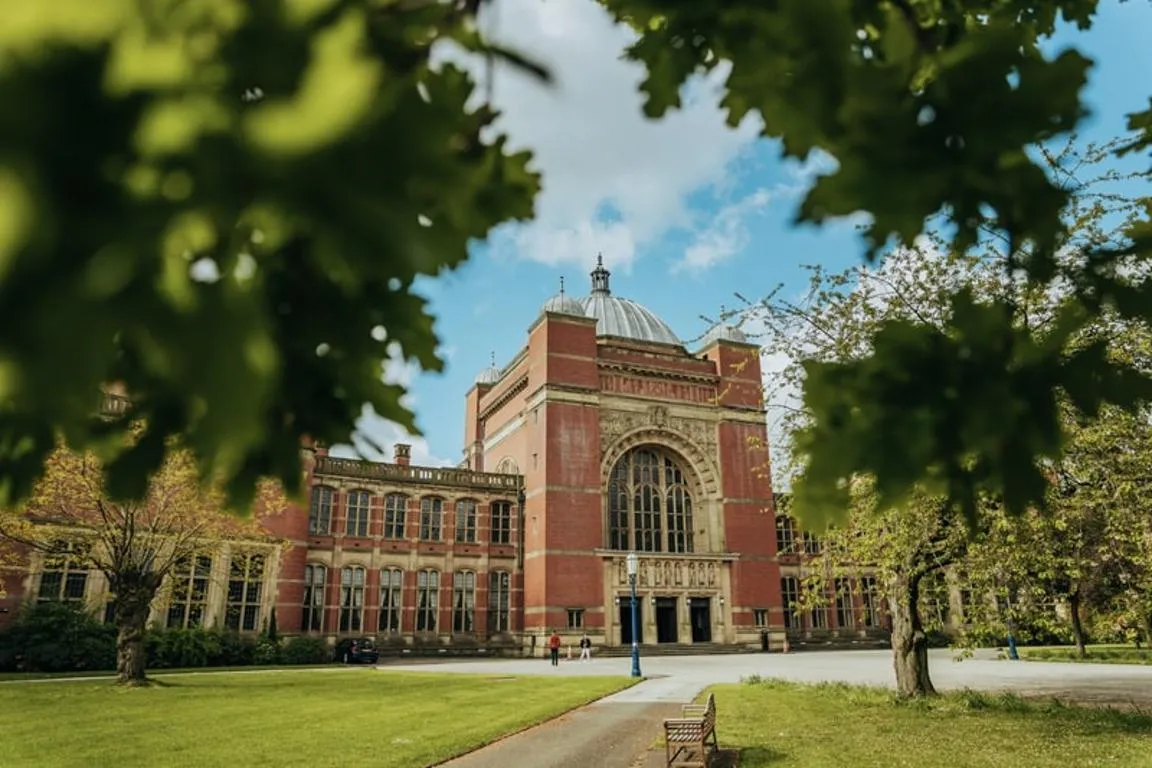The Beginning of Time?
Birmingham experts have discovered what may be the world's oldest 'calendar' in a field in Scotland, created by hunter-gatherer societies and dating back to around 8,000 BC.
Birmingham experts have discovered what may be the world's oldest 'calendar' in a field in Scotland, created by hunter-gatherer societies and dating back to around 8,000 BC.

British archaeology experts have discovered what they believe to be the world’s oldest ‘calendar’, created by hunter-gatherer societies and dating back to around 8,000 BC.
The Mesolithic monument was originally excavated in Aberdeenshire, Scotland, by the National Trust for Scotland in 2004. Now analysis by a team led by the University of Birmingham, published today (July 15, 2013) in the journal Internet Archaeology, sheds remarkable new light on the luni-solar device, which pre-dates the first formal time-measuring devices known to Man, found in the Near East, by nearly 5,000 years.
The capacity to measure time is among the most important of human achievements and the issue of when time was ‘created’ by humankind is critical in understanding how society has developed.
Until now the first formal calendars appear to have been created in Mesopotamia c, 5000 years ago. But during this project, the researchers discovered that a monument created by hunter gatherers in Aberdeenshire nearly 10,000 years ago appears to mimic the phases of the Moon in order to track lunar months over the course of a year.
The site, at Warren Field, Crathes, also aligns on the Midwinter Sunrise, providing an annual astronomic correction in order to maintain the link between the passage of time, indicated by the Moon, the asynchronous solar year and the associated seasons.
Project leader Vince Gaffney, Professor of Landscape Archaeology at the University of Birmingham, comments: ‘The evidence suggests that hunter gatherer societies in Scotland had both the need and sophistication to track time across the years, to correct for seasonal drift of the lunar year and that this occurred nearly 5,000 years before the first formal calendars known in the Near East.
‘In doing so, this illustrates one important step towards the formal construction of time and therefore history itself.’
Dr Richard Bates, of the University of St Andrews, comments: St Andrews has an established reputation for remote sensing studies of early prehistoric sites in Scotland but the site at Warren Field is unique. It provides exciting new evidence for the earlier Mesolithic in Scotland demonstrating the sophistication of these early societies and revealing that 10,000 years ago hunter gatherers constructed monuments that helped them track time. This is the earliest example of such a structure and there is no known comparable site in Britain or Europe for several thousands of years after the monument at warren Fields was constructed.
The Warren Field site was first discovered as unusual crop marks spotted from the air by the Royal Commission on the Ancient and Historical Monuments of Scotland (RCAHMS). Dave Cowley, Aerial Survey projects manager at RCAHMS, said: ‘We have been taking photographs of the Scottish landscape for nearly 40 years, recording thousands of archaeological sites that would never have been detected from the ground. Warren Field stands out as something special, however. It is remarkable to think that our aerial survey may have helped to find the place where time itself was invented.’
Clive Ruggles, Emeritus Professor of Archaeoastronomy at the University of Leicester, who advised the team, points out that “the site did not mark particular moonrises as the changing patterns of moonrise are far too complex – the argument is that it represents a combination of several different cycles which can be used to track time symbolically and practically. There are certainly hunter-gatherer societies who use the phase cycles of the moon to help synchronise different seasonal activities but it is remarkable that this could have been monumentalised at such an early period.’
From 2004-6 the National Trust for Scotland excavated the Warren Field pit alignment, which lies on its Crathes Castle Estate, in collaboration with Murray Archaeological Services. The Trust's Archaeologist for Eastern Scotland, Dr Shannon Fraser, said: 'This is a remarkable monument, which is so far unique in Britain. Our excavations revealed a fascinating glimpse into the cultural lives of people some 10,000 years ago - and now this latest discovery further enriches our understanding of their relationship with time and the heavens'.
Dr Christopher Gaffney, of the University of Bradford, adds: ‘For pre-historic hunter-gatherer communities, knowing what food resources were available at different times of the year was crucial to survival. These communities relied on hunting migrating animals and the consequences of missing these events were potential starvation. They needed to carefully note the seasons to be prepared for when that food resource passed through, so from this perspective, our interpretation of this site as a seasonal calendar makes sense.’
For more information please contact Jenni Ameghino, Press Office, University of Birmingham, +44 (0)121 415 8134. Mobile: +44 (0)7768 924156
Time and a Place: A luni-solar ‘time reckoner’ from 8th millennium BC Scotland
Internet Archaeology, July 15 2013
Professor Vincent Gaffney, Digital Heritage and Cultural Learning Hub, University of Birmingham, Edgbaston, Birmingham, B15 2TT, United Kingdom.
Dr Richard Bates, Department of Earth Sciences University of St Andrews, St Andrews, Fife,KY16 9AL, Scotland.
Dr Christopher Gaffney, Archaeological Sciences University of Bradford, Bradford West Yorkshire BD7 1DP United Kingdom.
Dave Cowley, Royal Commission on the Ancient and Historical Monuments of Scotland, 16 Bernard Terrace, Edinburgh, EH8 9NX, Scotland.
Dr Shannon Fraser, The National Trust for Scotland/University of Aberdeen, The Stables, Castle Fraser, Sauchen, Inverurie, Aberdeenshire, AB51 7LD, Scotland.
Dr Hilary Murray, Murray Archaeological Services, Ltd, Hill of Belnagoak, Methlick, Ellon, Aberdeenshire, AB41 7JN. Scotland.
Notes to Editors